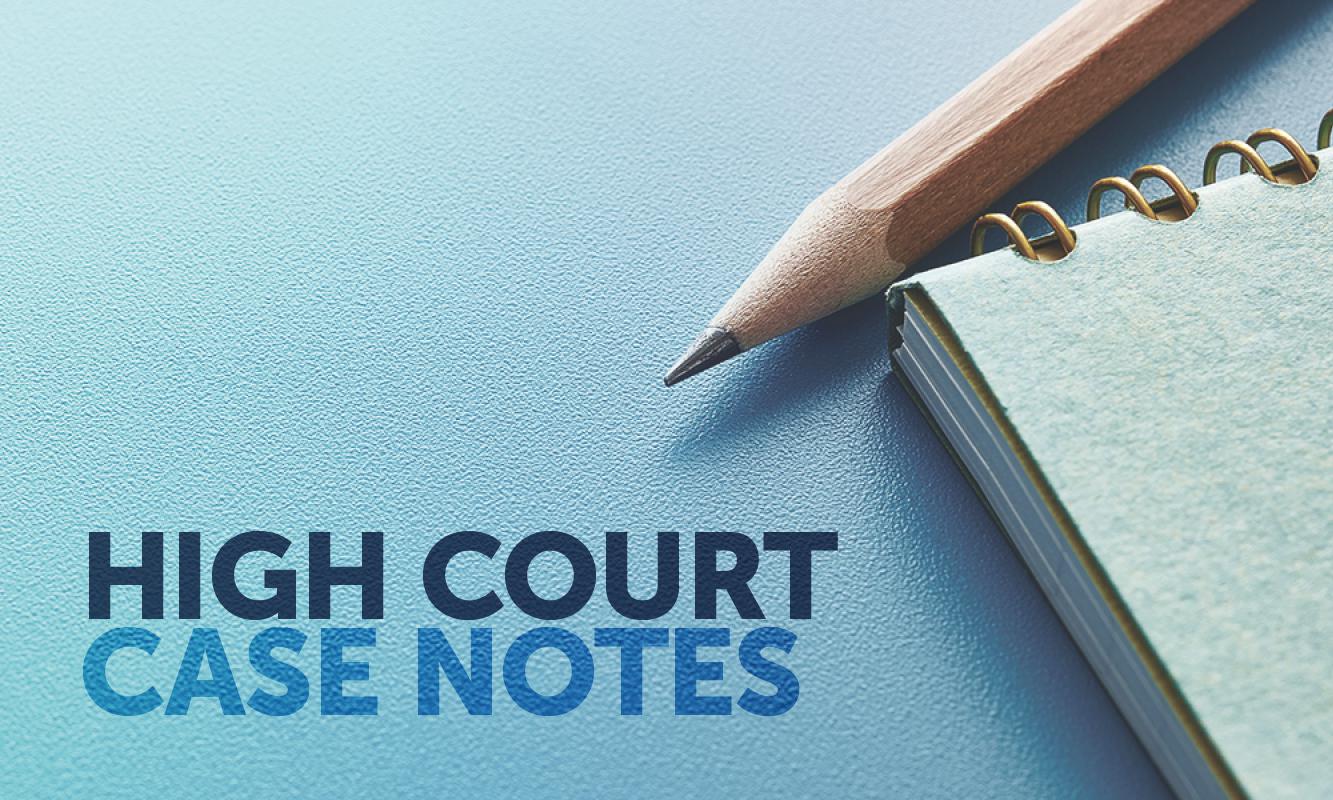In Harvey v Minister for Primary Industry and Resources [2024] HCA 1 (7 February 2024) the High Court was required to determine whether the proposed grant of a mineral lease under the Mineral Titles Act 2010 (NT) (MTA) would constitute “the creation . . . of a right to mine for the sole purpose of the construction of an infrastructure facility . . . associated with mining” for the purpose of s24MD(6B)(b) of the Native Title Act 1993 (Cth) (NTA).
The third respondent (Mount Isa Mines) carries on a mining enterprise in the Northern Territory known as the McArthur River Project. The McArthur River Project consists of the mining of zinc-lead-silver ore, the processing treatment, and concentration of the ore, the storage of the ore and the transportation of the ore for sale.
The ore concentrate is transported by road to the “Bing Bong” loading facility located on the Gulf of Carpentaria. At Bing Bong, the ore concentrate is loaded onto a bulk-carrier vessel for trans-shipment to larger ocean-going ships. Because the gulf around Bing Bong is shallow, the bulk-carrier must use a navigation channel. This navigation channel must be maintained by regular dredging of sediment.
The dredged sediment is pumped onshore to a Dredge Spoil Emplacement Area (DSEA). The DSEA has limited capacity and has been filling up. In 2013, Mount Isa Mines applied for a new mineral lease (ML 29881) under the MTA to enable it to construct a new DSEA on a pastoral lease it owns near Bing Bong.
The first and second appellants are native title holders in respect of land comprising the pastoral lease. The third appellant is the relevant prescribed body corporate for the purposes of the NTA. The appellants argued that they were entitled to the procedural rights provided under s24MD(6B) of the NTA on the basis that the proposed grant of ML 29881 would constitute “the creation . . . of a right to mine for the sole purpose of the construction of an infrastructure facility . . . associated with mining”.
The primary judge, reading s24MD(6B)(b) as a standalone provision, held that ML 29881 did not satisfy the words of the section because the new DSEA fit within the list of facilities provided in the definition of “infrastructure facility” in s253 of the NTA.
The Full Court of the Federal Court of Australia rejected the primary judge’s reading of s24MD(6B)(b) as a standalone provision. The Full Court considered that s24MD(6B)(b) had to be “construed harmoniously” with s26(1)(c)(i) of the NTA so that the phrase “right to mine”, used in both sections, had the same meaning.
The Full Court concluded that a “right to mine” refers to a future act that confers a right to engage in mining activities. The High Court held that ML 29881 did not create a right to mine because the DSEA would be built on land separate from the mine and was concerned with the shipment of ore. The Full Court also considered that ML 29881 did not meet the definition of an “infrastructure facility” as defined in s253 of the NTA.
The High Court unanimously allowed the appeal.
In a joint judgment, Gageler CJ, Gordon, Steward and Gleeson JJ held, at [66] , that the phrase “right to mine” should be “construed as a composite term used to denote all those mining tenements which are capable of being issued under State and Territory natural resource laws”.
Gageler CJ et al went on to find, at [75], that the term “infrastructure facility” should bear its ordinary meaning and not be confined to the list of facilities enumerated in s253 of the NTA.
In making this finding Gageler CJ et al referred to the explanatory memorandum and the “statutory architecture” of s253 of the NTA (which uses the word “includes” rather than “means” ahead of the list of facilities).
Accordingly, Gageler CJ et al concluded, at [83], that a decision to grant ML 29881 is “the creation . . . of a right to mine for the sole purpose of the construction of an infrastructure facility . . . associated with mining” for the purpose of s24MD(6B)(b) of the NTA.








Share this article